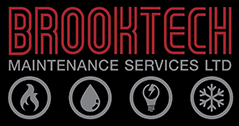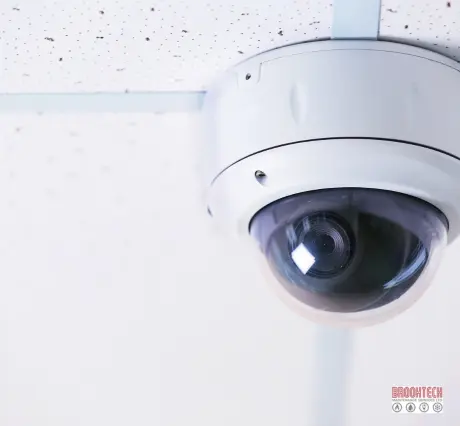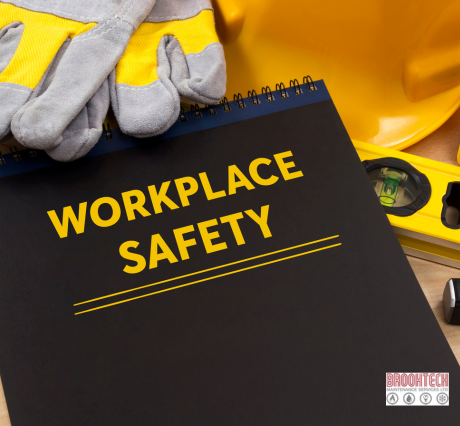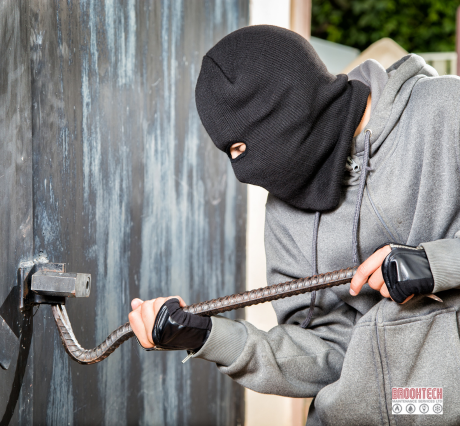Strategic CCTV Installation: Keep Your Business Safe with Smart Coverage
Investing in CCTV is more than a security measure, it’s about peace of mind. Whether you run a warehouse, office, or shop, CCTV installation is paramount, and positioning your cameras right makes all the difference. Here’s a straightforward guide to help you decide where to place CCTV for maximum protection.
Important Cosiderations For CCTV Installation
1. Main Entrances and Exits
Your front and back doors are prime spots. Position cameras at a slight downward angle to capture faces clearly, avoiding glare from overhead lighting or glass doors. This acts as a visual deterrent and provides reliable footage if needed.
2. Delivery Zones and Loading Bays
Loading areas are high-traffic and often less observed. A well-placed camera here deters theft from deliveries and records anyone accessing goods. Ensure it covers both vehicle paths and warehousing transitions.
3. Parking Lots and Driveways
Capturing activity in parking zones protects your property and vehicles. Cameras here help log vehicle movements and spot unauthorised visitors before they reach business entry points.
4. Windows and External Blind Spots
Ground-floor windows and tucked-away corners are vulnerable. Place cameras to monitor blind spots, ensuring no area is left unobserved.
5. Reception and Public Areas
Inside, high footfall areas like reception, lobbies, or sales counters benefit from CCTV. They help deter internal theft, improve safety, and support staff confidence. Choose ceiling-level installation to protect cameras from tampering.
6. Sensitive Zones: Storage, Server Rooms, and Cash Areas
High-risk areas like cash desks, server rooms, or valuable storage spaces need their own coverage. CCTV here safeguards against internal misconduct and boosts asset protection.
7. Perimeter and Fencing Lines
External coverage should include your perimeter. Cameras along fences and gates act as early warnings, helping you spot intruders before they reach the building.
8. Night-Time Lighting and Camera Angles
Make sure your CCTV works day and night. Avoid pointing cameras directly at bright lights as this can obscure footage. Install infrared or low-light cameras where needed.
9. Ideal Height and Positioning
Mount cameras between 2.5 – 3 m high for a balance of visibility and protection. This gives good facial detail without easy tampering. Adjust angles to cover entrances, walkways, and high-risk zones.
10. Review and Walk-Through Tests
After installation, run walk-throughs to check if coverage meets your needs. Adjust angles, reduce blind spots, and test clarity. A quick test ensures cameras are ready to capture critical footage.
How Brooktech Can Help
At Brooktech, we know that camera placement matters.
We’ll:
- Review your premises and assess risk areas
- Suggest camera types and positions that match your layout
- Handle installation at the right heights and angles
- Set up infrared/night vision models where needed
- Integrate systems with recording and remote access
- Provide ongoing maintenance, upgrades, and repairs
We’ll tailor everything to your business type, shops, offices, warehouses, or factories, so your CCTV works efficiently and reliably.
Ready to Secure Your Business?
Good CCTV placement is more than technology, it’s good planning. Brooktech can guide you from assessment to active, working security.
📞 Contact us today to begin your CCTV consultation. Let’s protect what matters most.









